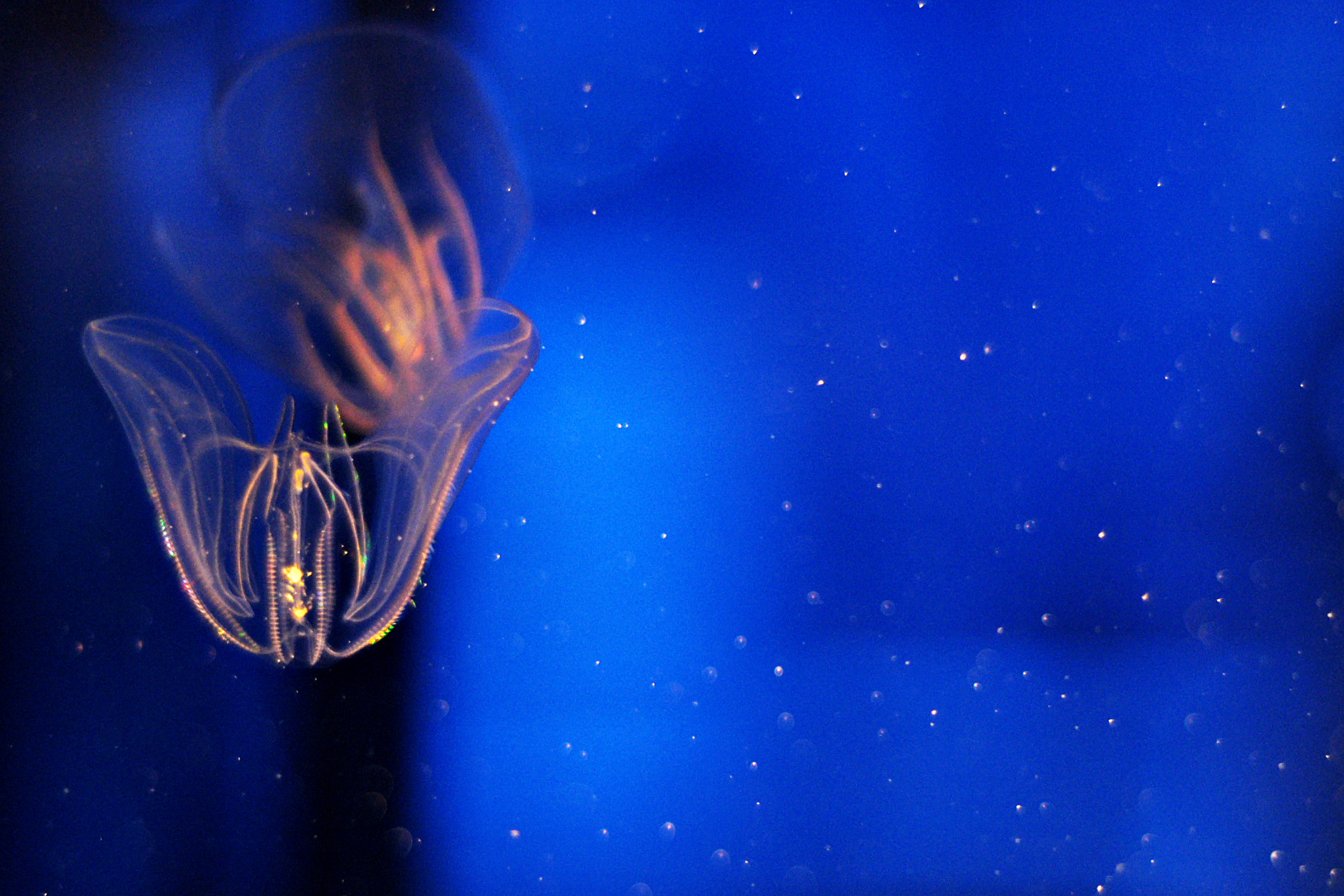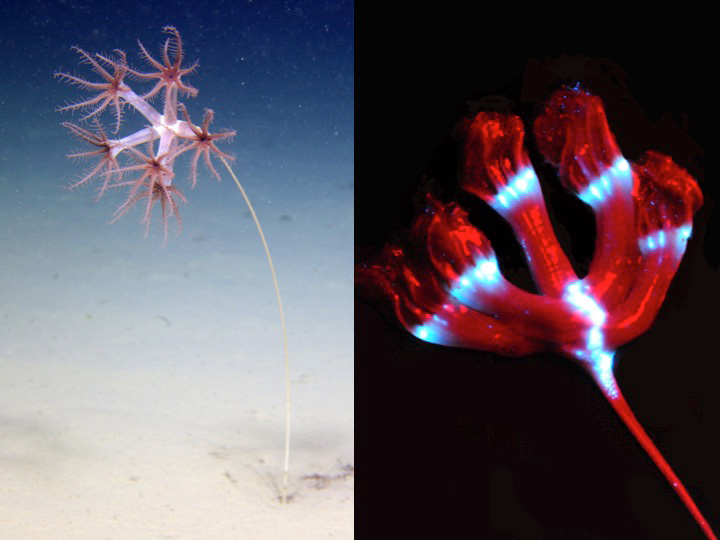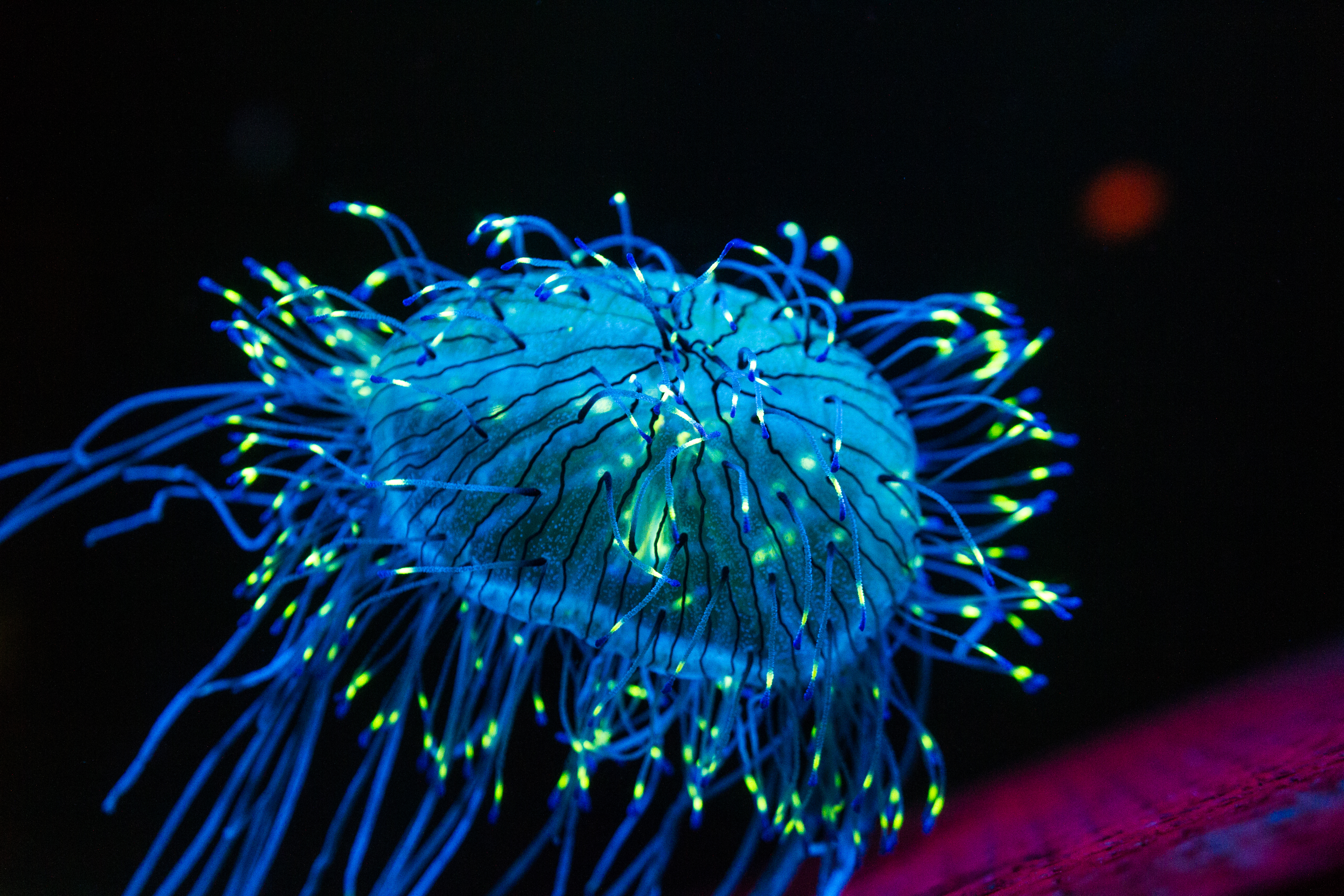Communicating with Colour
#status.outline #type.note.example #priority.medium #task.active
Template
Examples are units of knowledge that illustrate an interesting fact or observation about an object of study.
- Introduce the argument underlying the example
- What relationships are addressed?
- How does this example reflect the exhibition goals
- What is the current state of thinking
- How does a more-than-human framing challenge the status-quo
- Include representative examples as images, diagrams, videos, quotes, etc.
- How would this re-framing benefit life, scholarship, practice, etc.?
- What exhibition components relate to this example?
- Examples
- Stories
- Relationships
Bioluminescence
Bioluminescence is one of the most important means of communication in nature.
75% of ocean animals make their own light. As most animals are marine-based, this amounts to many trillions of fish.
Bioluminescence is an example of organisms adapting colour-based features and behaviours.
Although oceans cover most of the planet's surface, most are unexplored.

Bioluminescence, image by Robert

The deep-sea shrimp Heterocarpus ensifer and a photo of the same animal ‘vomiting’ light from glands located near its mouth. Image by Sönke Johnsen and Katie Thomas.

Sea pen Umbellula. Image by NOAA Bioluminescence and Vision on the Deep Seafloor.

Jellyfish bioluminescence. Image by Chris Favero
References
Widder, Edith. Below the Edge of Darkness: A Memoir of Exploring Light and Life in the Deep Sea. New York: Random House, 2021.
Backlinks